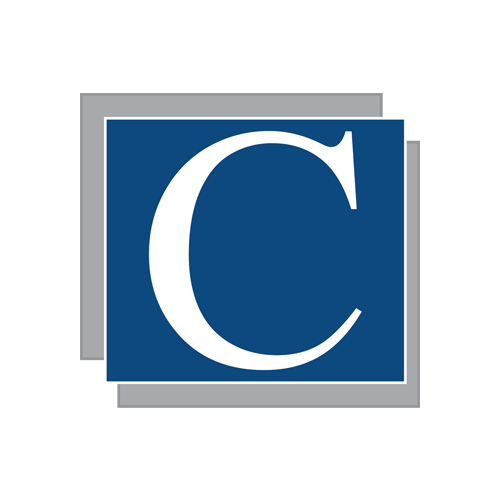Inventory is another place where cash hides. Since buying inventory is not recognized on the income statement until it is sold, it often increases unless it is properly managed.
There are many reasons why inventory increases excessively such as:
- No one is managing the level of inventory.
- Personnel charged with managing inventory lack the skills needed to do so.
- Sales people generally sell what is easiest to sell. Therefore, older, slower moving inventory may sit a while until someone notices it increasing.
- Sales people do not want to run out of product, thereby placing pressure on Operations to carry higher than needed levels of inventory.
- Inventory becomes old or obsolete and just sits there, which can happen quickly if your inventory is technology-based.
- Excessively high levels of inventory tend to increase the likelihood of theft from your own employees.
Here are a few real examples of the impact of not managing your inventory.
- Customer #1: We noticed that inventory was increasing and placing a strain on daily cash availability for the company. We met with the CEO and VP of Operations and talked about inventory turnover, but the message was not being heard. ?His position simply was, I do not want to run out of inventory. We had to convince him that by properly managing inventory levels, he would not run out of inventory but would increase the cash levels of the company.
- Solution: We worked closely with the VP of Operations to establish some formulas and benchmarks to help keep his inventory levels in check. This was a great example of the importance of hiring the right expertise to help you manage your business.
- Customer #2: We noticed that inventory turnover was only two times per year, meaning that inventory sat in the warehouse for six months before being sold. We met with the VP of Operations and asked, Do you understand what an inventory turnover ratio of two means? He replied, No, what is that? We explained that the higher the levels of inventory in the warehouse, the higher the stress on the cash flow of the company, which was already under extreme pressure. We asked, Would you be willing to work with us to make sure you have what you need when you need it, but not more? We will also ensure that critical pieces of inventory will be purchased in sufficient quantities so that it will not impede manufacturing. He was more than willing to work with us on this project.
- Solution: We were able to identify critical pieces of inventory to make sure these were purchased in sufficient quantity and with sufficient lead time to have enough on hand. Within a few months, we were able to increase the inventory turnover ratio from six to two.? This meant that, on average, inventory was only in the warehouse two months instead of six. This translated into additional cash of about $2 million to the company. It also saved the customer about $100,000 per year in interest costs at 5%, and reduced G&A costs of handling, storing, and securing higher levels of inventory. This was cash that the client did not have to borrow or seek additional funding from investors.
- Customer #3: Cash was extremely tight and we noticed that there was about $1 million in additional inventory that was not there previously. After a discussion with the owner, we determined that he had changed his business model. For years, this client received 50% of payment for materials up front from customers, which was used to buy the materials for manufacturing. All products were custom made. In an effort to increase sales, he began to build products and hold them in inventory with the intent of selling them. The economy shifted and the inventory sat on the yard for a long period of time, thus creating a negative drain on cash.
- Solution: Once identified, we encouraged him to stop this new practice and return to the business model of build to suit which had worked for many years. An increased focus on sales helped liquidate the higher inventory levels so that additional cash was available for operations.
The purpose of Crosslin Accounting and Business Solutions (ABS) is to free you up to spend time doing what you do best. Outsource your accounting and CFO needs to someone that has been doing this for years. We have the experience and expertise to help you make your business more profitable. Let us do what we do best, so you are free to do what you do best.
Please contact us to help you find cash in your business. As always, thank you for your business.

